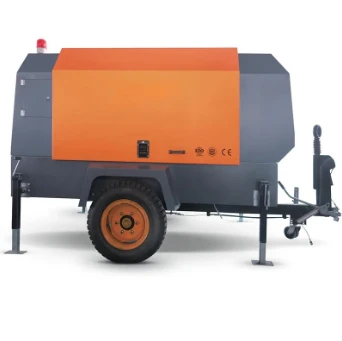- Afrikaans
- Albanian
- Amharic
- Arabic
- Armenian
- Azerbaijani
- Basque
- Bengali
- China
- China (Taiwan)
- Czech
- Danish
- Dutch
- English
- French
- German
- Greek
- Gujarati
- Haitian Creole
- hausa
- Miao
- Hungarian
- igbo
- Indonesian
- Italian
- Japanese
- Javanese
- Rwandese
- Korean
- Kyrgyz
- Lao
- Lithuanian
- Luxembourgish
- Macedonian
- Malgashi
- Malay
- Mongolian
- Myanmar
- Nepali
- Norwegian
- Persian
- Polish
- Portuguese
- Punjabi
- Russian
- Spanish
- Swahili
- Swedish
- Telugu
- Vietnamese
Feb . 17, 2025 12:00 Back to list
dth drilling rig manufacturers


Horizontal Drilling An evolution of directional techniques, horizontal drilling has revolutionized resource exploitation by maximizing the contact area between the wellbore and the reservoir. This method involves drilling vertically to a target depth before bending horizontally, often hundreds of meters into the reservoir. Extremely beneficial in shale gas extraction and coalbed methane recovery, horizontal drilling enhances production efficiency while minimizing surface impact. Its strategic importance lies in achieving optimal reservoir penetration, thereby elevating output while maintaining ecological balance. Auger Drilling Auger drilling is synonymous with efficiency in soft ground conditions, where it is mainly applied for soil sampling, environmental surveys, and geotechnical investigations. Utilizing a helical screw, augers transport loose material to the surface as they rotate, providing a seamless extraction process without the need for drilling fluids. The simplicity and adaptability of auger systems make them indispensable for environmental scientists and engineers focused on subsurface analysis, where minimal disturbance is crucial. Core Drilling Core drilling assumes a central role when intact samples of subsoil are required for detailed analysis. It employs a hollow drill bit designed to capture a cylindrical core without disrupting the sample structure. This method is critical in mineral exploration, construction project assessments, and archaeological explorations. By allowing empirical assessments of the material composition and structure, core drilling aids engineers and geologists in making informed decisions that underpin project feasibility and safety. In conclusion, the diversity in drilling techniques underscores the necessity of selecting the right method aligned with specific project requirements. Each drilling type carries its own set of advantages and limitations, which significantly impacts their application scope, efficiency, and environmental footprint. Industry experts emphasize understanding these factors to optimize safety and resource management, affirming the importance of continued innovation and adaptation in drilling technologies to meet the global demand for resources responsibly and sustainably.
-
Low-Cost Borehole Drilling Machine for Small-Scale Projects
NewsJul.11,2025
-
Carbide Bullet Teeth for Abrasive Formations: Powering Industrial Drilling Efficiency
NewsJul.11,2025
-
Advantages of Down-the-Hole Drill Bits in Geothermal Projects
NewsJul.11,2025
-
Hole Hammer Use in Water Well Drilling
NewsJul.11,2025
-
Benefits of a Mobile Diesel Compressor in Construction
NewsJul.11,2025
-
Benefits of Diesel Portable Screw Air Compressors
NewsJul.11,2025

















